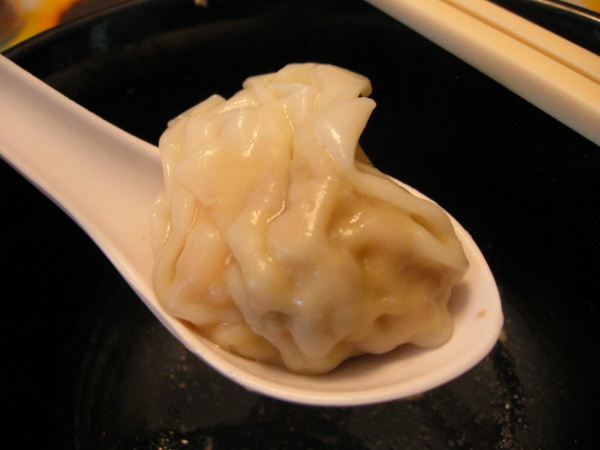Facts About Wonton
Wontons are a cherished type of Chinese dumpling, enjoyed in various regional styles. Their origins can be traced back to ancient China, with references as early as the Han Dynasty. Originally considered a type of bread, wontons evolved into the delectable, filled dumplings familiar today, typically enjoyed steamed or boiled. Over time, they gained particular popularity in southern China, developing a unique identity distinct from traditional dumplings.
Unlike jiaozi dumplings, wontons are usually prepared with square dough wrappers and have a shorter cooking time. Wontons are often served in soup, whereas jiaozi is typically eaten with a dipping sauce. To make wontons, a filling is placed in the center of a square wrapper. The edges are then pressed together to seal it into the desired shape before being either boiled or deep-fried. Common fillings include ground pork, shrimp, and various seasonings.
Wontons can be fashioned into different shapes and cooked by boiling, deep-frying, or serving in soup. Each region of China offers its own twist on wontons, evident in Cantonese, Sichuan, Shanghai, Ningbo, and Jiangzhe versions. Beyond China, wontons have been integrated into American Chinese cuisine, Indonesian Chinese cuisine, Peruvian-Chinese fusion, Thai cuisine, Northern European dishes, and Vietnamese cuisine.
In Chinese, wontons are called "hundun" in Mandarin and "wantan" in Cantonese. Intriguingly, the term "hundun" also refers to a mythical faceless creature in Chinese mythology, symbolizing chaos in the universe's creation story.

 Myanmar (Burma)
Myanmar (Burma)